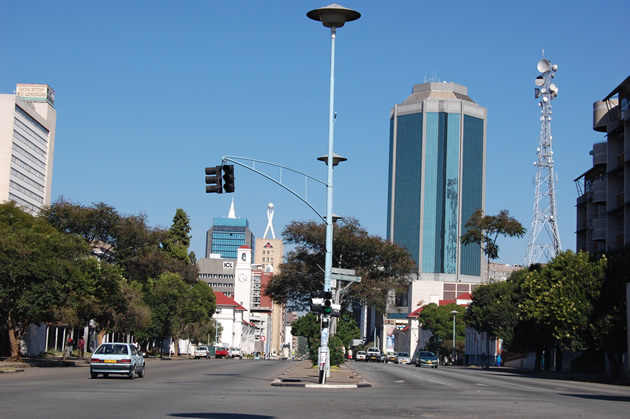
The Sunday Mail

FOLLOWING the recent closure of Allied Bank, market watchers believe there is serious corporate governance deficit in the banking sector as highlighted by the increase in both non-performing loans (NPLs) and “insider loans”.
NPLs rose from 18 percent in June 2014 to 20 percent in November 2014, way above the 5 percent international benchmark. Worryingly, NPLs continue to soar even as banks cut back on lending as interest rates continue to accrue on unpaid loan balances. Allied Bank had long exhibited signs of distress and was struggling to pay depositors on demand and had introduced cash rations of between US$50 and US$100. Banks that have not closed but are still on the brink include AfrAsia Zimbabwe Holdings Limited (AZHL), a subsidiary of Mauritius-based AfrAsia Bank Limited (ABL), and Metbank Limited.
Trust Bank Corporation’s licence was cancelled in December 2013 by the RBZ on allegations of abusing depositors’ funds.
So financially unsound was Trust Bank that it had a core capital of US$1,9 million and was posting persistent losses of US$18 million since inception. In an interview with The Sunday Mail Business, RBZ boss Dr Mangudya said he wants to “ensure there is sanity in the banking sector”.
“Our wish is that by the end of this year, we would have cleaned the banking sector,” said Dr Mangudya, without revealing how that will be achieved. Analysts contend that while the operating environment is toxic, there are high levels of bad corporate governance in the banking sector, resulting in them performing badly and eventually closing. Economist Mr Respect Gwenzi says poor corporate governance “is at the core of the banking sector crisis” in Zimbabwe.
“While arguments can be thrown around as to the minimal impact the small collapsing banks have had to the entire sector, the rate of incidence cannot go unnoticed.
“Lax corporate governance, emanating from equally weak supervision by the central bank, has led to increased insider loans in mainly locally-owned commercial banks.
“Against this background, it has successively become more difficult for these weak institutions to attract fresh capital to shore up their coffers to sustainable levels.
“The current rate of banking sector NPLs, at 20 percent (up from 18 percent in June 2014) is a clear testimony of some of the intrinsic factors at play,” said Mr Gwenzi.
AfrAsia Zimbabwe is currently shopping around for a US$15 million financial injection through borrowings to increase liquidity.
But fears are that without addressing high levels of NPLs, troubled financial institutions may not access any funds as financiers will feel that their capital would primarily be channelled towards settling deposits instead of strengthening the bank’s core capital position.
The RBZ has created a national special purpose vehicle – the Zimbabwe Asset Management Corporation (Pvt) Ltd (ZAMCO) – to acquire US$700 million worth of NPLs.
Mr Gwenzi feels that the continued liquidity drought has in part been a secondary factor in the demise of some local banks.
“Investors dislike an untrustworthy management,” he said.
There are still enduring claims that the country is overbanked compared to regional peers such as South Africa and Angola.
Angola has 23 banks, the same as Zimbabwe. However, the oil and diamond-producing country had a GDP of US$121,7 billion in 2013 compared to Zimbabwe’s US$12,8 billion for the same period. Official figures show that banking sector deposits increased by 8,3 percent to US$5,2 billion in the first 10 months from US$4,8 billion in the comparative period. “Using conventional means, I believe it is difficult to exploit this gap and it takes aggressive, innovative measures to tap into this mass, which, all things being equal, leaves the banking sector at almost full value,” said Mr Gwenzi.



